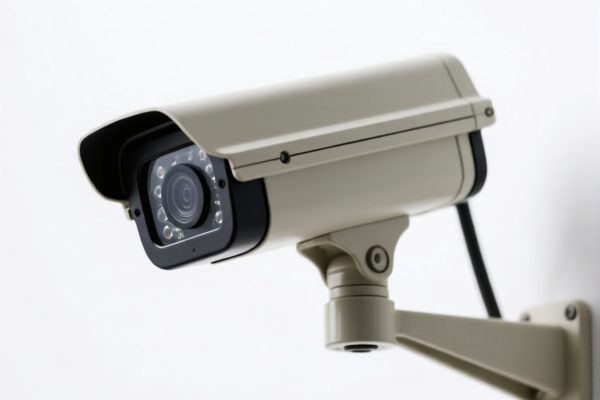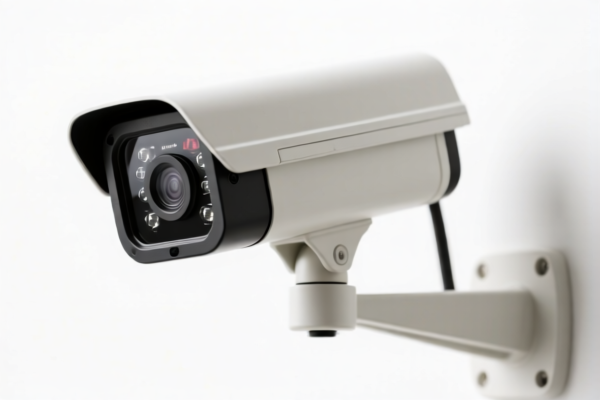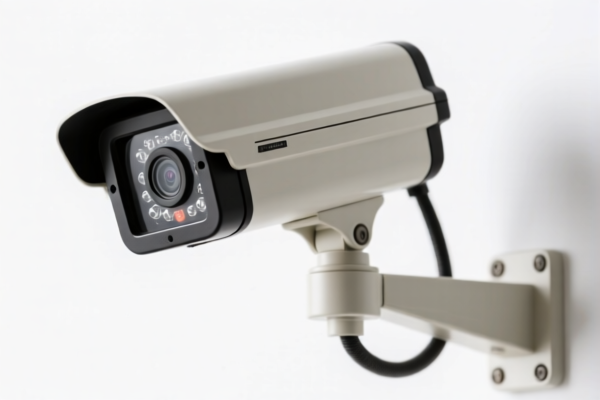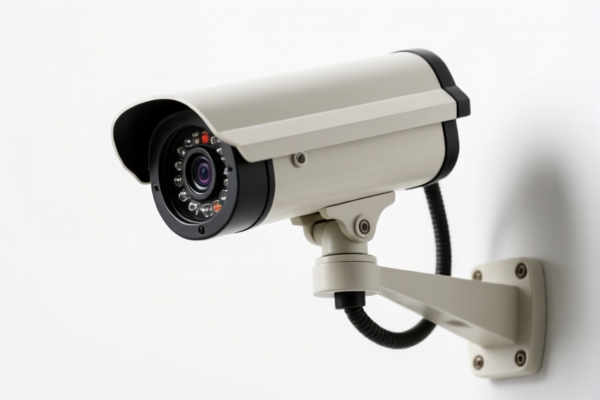| HS Code | Official Doc | Tariff Rate | Origin | Destination | Effective Date |
|---|---|---|---|---|---|
| 8512204040 | Doc | 57.5% | CN | US | 2025-05-12 |
| 8512909000 | Doc | 57.5% | CN | US | 2025-05-12 |
| 8539100010 | Doc | 57.0% | CN | US | 2025-05-12 |
| 8513102000 | Doc | 42.5% | CN | US | 2025-05-12 |
| 8513104000 | Doc | 33.5% | CN | US | 2025-05-12 |
| 8531809051 | Doc | 37.5% | CN | US | 2025-05-12 |
| 8531809005 | Doc | 37.5% | CN | US | 2025-05-12 |
| 8543708000 | Doc | 55.0% | CN | US | 2025-05-12 |
| 8543708000 | Doc | 55.0% | CN | US | 2025-05-12 |
| 9006592000 | Doc | 37.5% | CN | US | 2025-05-12 |
| 9006596000 | Doc | 36.8% | CN | US | 2025-05-12 |
| 9031808060 | Doc | 30.0% | CN | US | 2025-05-12 |
| 9031808070 | Doc | 30.0% | CN | US | 2025-05-12 |




Car Rear View Camera
A car rear view camera (also known as a backup camera, reversing camera, or parking camera) is a video device that provides the driver with a view of the area directly behind the vehicle, assisting with safe maneuvering in reverse.
Material
Typical components and their materials include:
- Camera Housing: Primarily plastic (ABS, Polycarbonate) for durability and weather resistance. Some higher-end models may use metal alloys for increased robustness.
- Image Sensor: CMOS (Complementary Metal-Oxide-Semiconductor) sensors are the most common due to their cost-effectiveness and image quality. CCD (Charge-Coupled Device) sensors are less common now but offer superior low-light performance.
- Lens: Glass or plastic lenses, often with coatings to reduce glare and improve image clarity.
- Wiring: Copper wiring with PVC or similar insulation for signal and power transmission.
- Display Screen: Typically LCD (Liquid Crystal Display) or OLED (Organic Light-Emitting Diode) screens, often integrated into the vehicle's infotainment system or a separate monitor.
- Connectors: Plastic and metal connectors for secure signal and power connections.
Purpose
The primary purpose is to enhance driver awareness of obstacles behind the vehicle during reversing, reducing the risk of collisions and property damage. They are particularly useful for:
- Reducing blind spots.
- Detecting pedestrians, cyclists, and small objects.
- Assisting with parking maneuvers.
- Providing a wider field of view than traditional mirrors.
Function
The camera captures video footage from the rear of the vehicle and transmits it to a display screen, typically activated when the vehicle is shifted into reverse gear. Many systems include:
- Dynamic Parking Guidelines: Lines displayed on the screen that change with the steering wheel angle to indicate the vehicle's projected path.
- Distance Markers: Visual indicators to estimate the distance to obstacles.
- Parking Assist Integration: Some cameras work in conjunction with parking assist systems to provide automated steering guidance.
- Night Vision: Utilizing infrared LEDs or image processing to improve visibility in low-light conditions.
Usage Scenarios
- Parking: Parallel parking, angled parking, and backing into parking spaces.
- Reversing from Driveways/Parking Lots: Navigating tight spaces and avoiding obstacles.
- Hitching Trailers: Assisting with precise alignment when connecting a trailer.
- Navigating Tight Spaces: Maneuvering in crowded parking garages or narrow streets.
- General Safety: Increasing awareness of surroundings during any reversing operation.
Common Types
- Integrated Systems: Cameras built into the vehicle's infotainment system, often with advanced features like parking assist.
- Aftermarket Systems: Sold as separate kits for installation in vehicles that do not have a factory-installed camera. These vary widely in features and price.
- License Plate Frame Cameras: Cameras housed within a license plate frame, offering a discreet installation option.
- Flush-Mount Cameras: Cameras installed directly into the vehicle's bodywork, providing a clean and integrated appearance.
- Wireless Cameras: Cameras that transmit video wirelessly to the display screen, simplifying installation.
- 360° Cameras: Multiple cameras around the vehicle provide a bird's-eye view of the surroundings.
Car rear view cameras fall under the category of photographic cameras, specifically those used for preparing printing plates or cylinders, or other types of cameras. Here's a breakdown of relevant HS codes based on the provided reference material:
-
9006.59.20.00: This HS code covers “Cameras of a kind used for preparing printing plates or cylinders”. This could apply if the rear view camera is specifically designed for use in printing processes related to vehicle markings or documentation.
- 90: Photographic (other than cinematographic) cameras; photographic flashlight apparatus and flashbulbs other than discharge lamps of heading 8539; parts and accessories thereof.
- 06: Other cameras.
- 59: Other.
- 20: Cameras of a kind used for preparing printing plates or cylinders.
-
9006.59.60.00: This HS code covers “Other than fixed focus: Valued not over $10 each”. If the rear view camera is not a fixed focus type and its value is less than $10, this code applies.
- 90: Photographic (other than cinematographic) cameras; photographic flashlight apparatus and flashbulbs other than discharge lamps of heading 8539; parts and accessories thereof.
- 06: Other cameras.
- 59: Other.
- 60: Other than fixed focus: Valued not over $10 each.
According to the provided reference material, the HS code options related to 'car rear view camera' are limited, with only the following 2 found.
Please note that the value of the camera is a key factor in determining the correct HS code. If the camera's value exceeds $10, HS code 9006.59.60.00 would not be applicable.
Customer Reviews
No reviews yet.